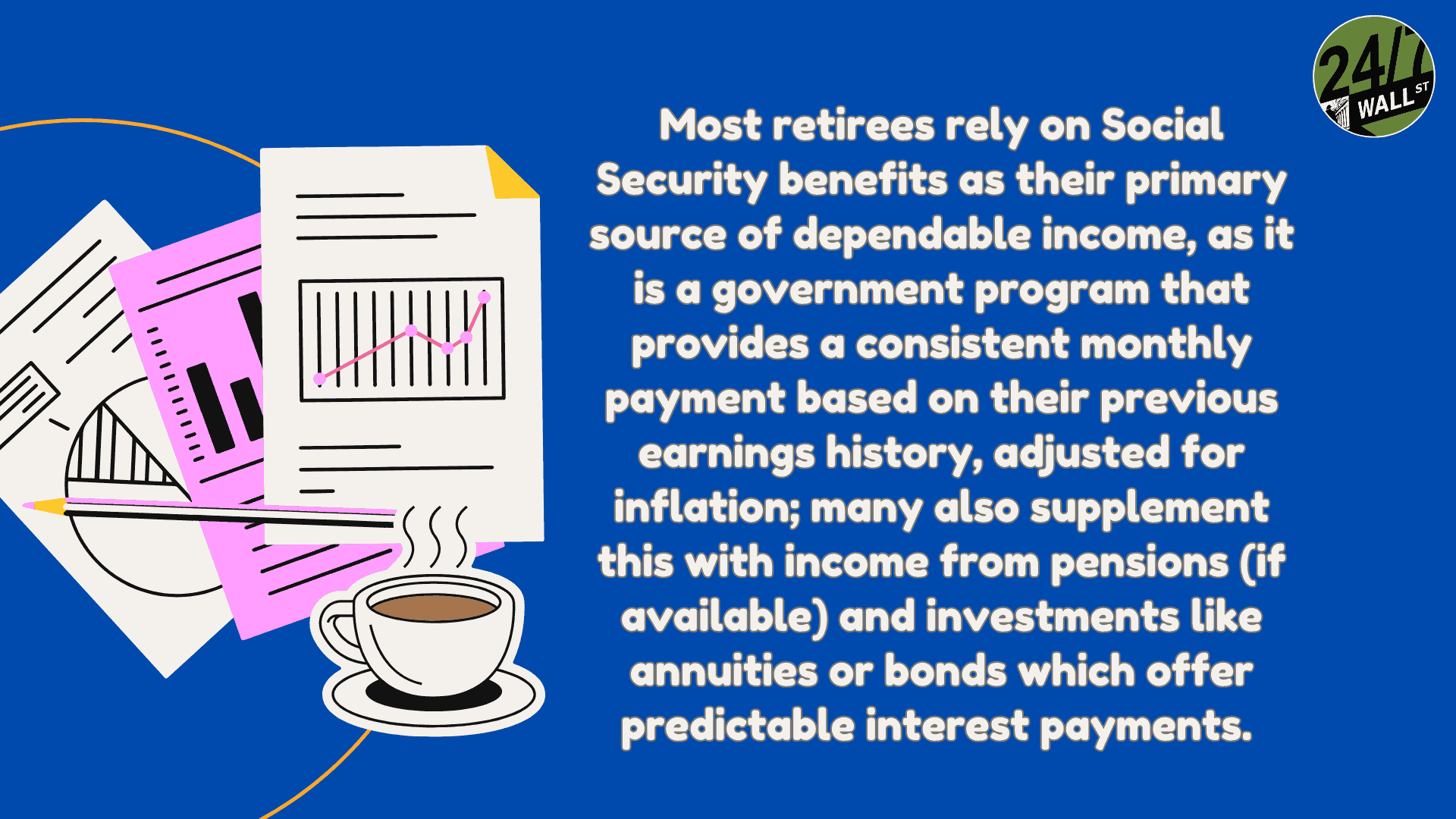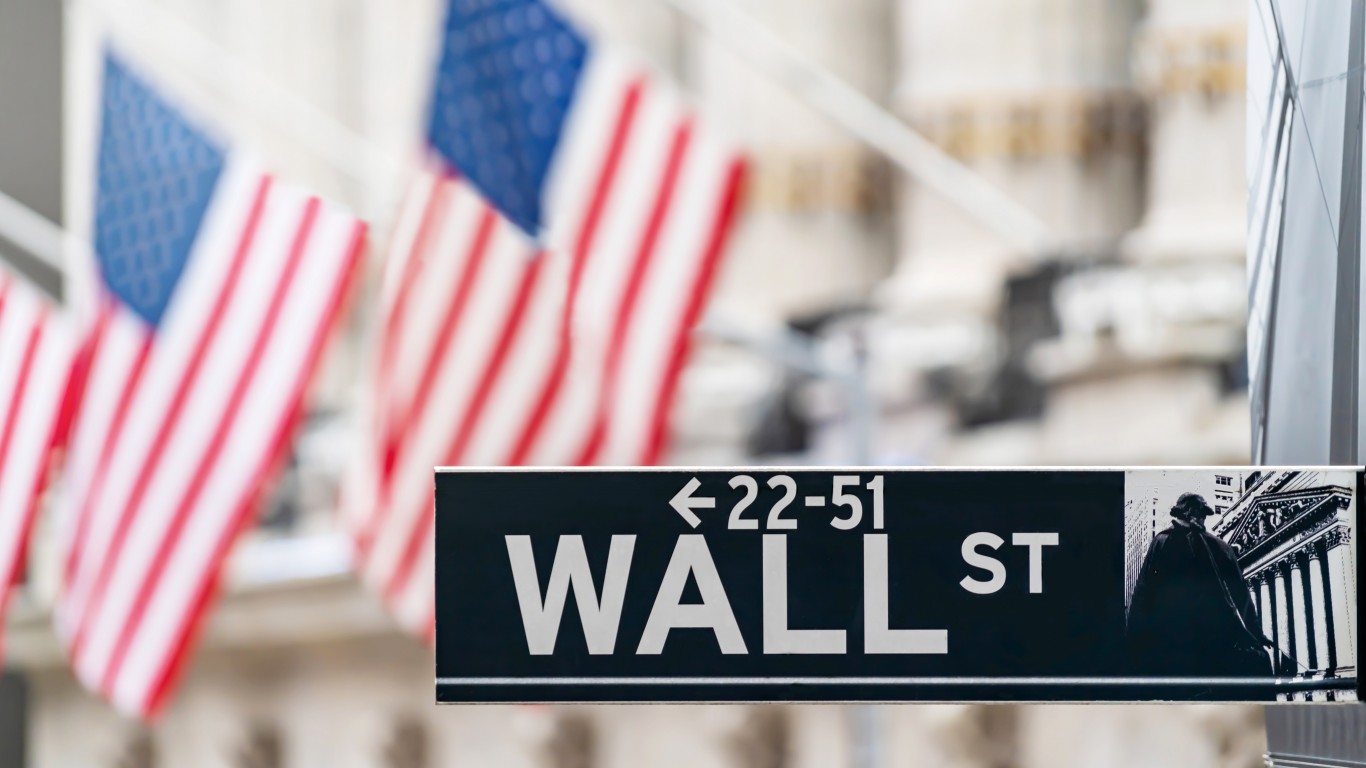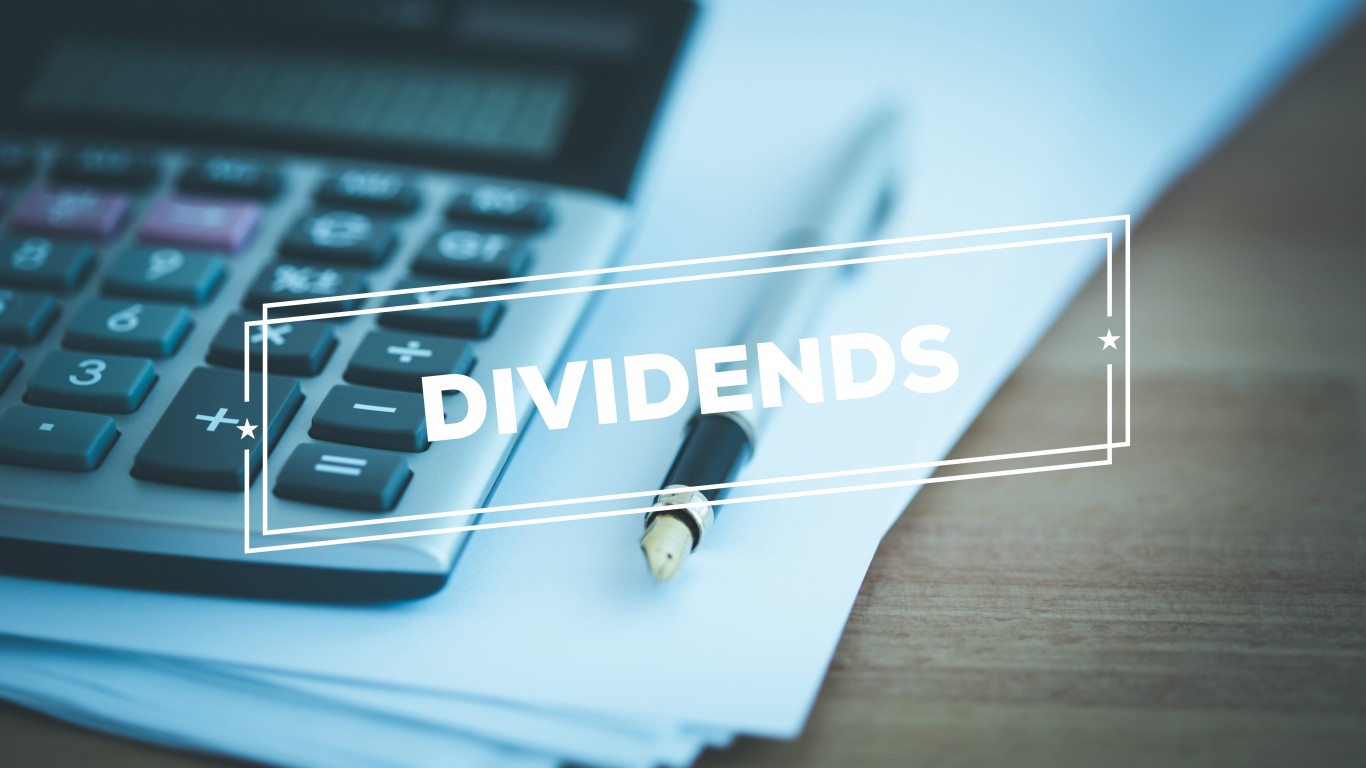
While getting to retirement age can be a blessing and a curse, the reality of counting on the U.S. government to provide for your needs is not the best idea. The full retirement age is 66 if you were born between 1943 and 1954. The full retirement age increases gradually if you were born between 1955 and 1960 until it reaches 67; for anyone born in 1960 or later, full retirement benefits are payable at age 67.
The bad news for millennials is that the number will continue to increase as funds for social security are drying up, and their full retirement age will likely be 70, or perhaps even older.
Retirees need dependable income, and one outstanding way to get reliable regular dividends is to invest in exchange-traded funds or ETFs. Unlike open-end mutual funds, ETFs trade on the major exchanges like stocks do. ETFs own financial assets such as stocks, bonds, currencies, debts, futures contracts, and commodities such as gold bars. One massive advantage to them is that they can be sold anytime when the markets are trading.

We screened our 24/7 Wall St. ETF research database and found 6 top funds that have these qualities:
- High dividend payout
- Trades at or at a discount to net asset value
- Are managed by major Wall Street firms
- Reasonable expense ratio
Seven top funds hit our screens, and all make sense for retirees looking for dependable, often monthly instead of quarterly distributions.
JPMorgan Equity Premium Income ETF (NYSEArca: JEPI)

This gigantic fund has taken in billions since its inception in 2020 and is run by top portfolio managers at JPMorgan. The fund seeks to achieve this objective by
- Creating an actively managed portfolio of equity securities comprised significantly of those included in the fund’s primary benchmark, the Standard & Poor’s 500 Total Return Index (S&P 500 Index).
- Through equity-linked notes (ELNs), selling call options with exposure to the S&P 500 Index.
Dividend yield = 7.75% paid monthly
NAV = $60
Expense ratio = 0.35%
Alerian Master Limited Partnership (NYSEArca: AMLP)

This is an excellent way for investors to have energy exposure, as this fund will typically invest at least 90% of its total assets in securities that comprise the underlying index. The underlying index includes energy infrastructure MLPs that earn most of their cash flow from transporting, storing, and processing energy commodities.
Another plus is unlike individual MLP stocks, which send a K-1 for tax purposes and can be a hassle, this fund sends investors a 1099.
Dividend yield = 7.81% paid quarterly
NAV = $48.44
Expense ratio = 0.85%
Global X U.S. Preferred ETF (NYSEArca: PFFD)

This fund focuses on preferred stocks of top U.S. companies. The fund invests at least 80% of its total assets in the securities of its underlying index. It also supports at least 80% of its total investments in preferred securities domiciled in, principally traded in, or whose revenues are primarily from the U.S. The underlying index tracks the broad-based performance of the U.S. chosen securities market.
Dividend yield = 6.11% paid monthly
NAV = $21.61
Expense ratio = 0.23%
Global X SuperDividend REIT ETF (NASDAQ: SRET)

Like the MLP fund with energy, this fund gives investors exposure to real estate with at least 80% of its total assets in the securities of the underlying index and American Depositary Receipts and Global Depositary Receipts based on the securities in the underlying index.
The underlying index tracks the performance of REITs that rank among the highest-yielding REITs globally.
Dividend Yield = 8.07% paid monthly
NAV = $21.46
Expense ratio = 0.59%
iShares National Muni Bond ETF (NYSEArca: MUB)

While much lower in yield, this is a perfect fund for retirees seeking tax-free income. The underlying index includes municipal bonds, the interest of which is exempt from Federal income taxes and not subject to the alternative minimum tax.
Dividend Yield = 3.39% paid monthly
NAV = $106.99
Expense ratio = 0.07%
Vanguard High Dividend Yield Index Fund (NYSEArca: VYM)

This is a perfect income ETF for more conservative investors. The manager employs an indexing investment approach designed to track the index’s performance, consisting of common stocks of companies that generally pay higher than average dividends. The adviser attempts to replicate the target index by investing all, or substantially all, of the fund’s assets in the stocks that make up the index.
Dividend Yield = 2.66% paid quarterly
NAV = $132.37
Expense ratio = 0.06%
Take Charge of Your Retirement In Just A Few Minutes (Sponsor)
Retirement planning doesn’t have to feel overwhelming. The key is finding expert guidance—and SmartAsset’s simple quiz makes it easier than ever for you to connect with a vetted financial advisor.
Here’s how it works:
- Answer a Few Simple Questions. Tell us a bit about your goals and preferences—it only takes a few minutes!
- Get Matched with Vetted Advisors Our smart tool matches you with up to three pre-screened, vetted advisors who serve your area and are held to a fiduciary standard to act in your best interests. Click here to begin
- Choose Your Fit Review their profiles, schedule an introductory call (or meet in person), and select the advisor who feel is right for you.
Why wait? Start building the retirement you’ve always dreamed of. Click here to get started today!
Thank you for reading! Have some feedback for us?
Contact the 24/7 Wall St. editorial team.




